Go in Action
William Kennedy with Brian Ketelsen and Erik St. Martin

Copyright
For online information and ordering of this and other Manning books, please visit www.manning.com. The publisher offers discounts on this book when ordered in quantity. For more information, please contact
Special Sales Department Manning Publications Co. 20 Baldwin Road PO Box 761 Shelter Island, NY 11964 Email:
orders@manning.com2016 by Manning Publications Co. All rights reserved.
No part of this publication may be reproduced, stored in a retrieval system, or transmitted, in any form or by means electronic, mechanical, photocopying, or otherwise, without prior written permission of the publisher.
Many of the designations used by manufacturers and sellers to distinguish their products are claimed as trademarks. Where those designations appear in the book, and Manning Publications was aware of a trademark claim, the designations have been printed in initial caps or all caps.
 Recognizing the importance of preserving what has been written, it is Mannings policy to have the books we publish printed on acid-free paper, and we exert our best efforts to that end. Recognizing also our responsibility to conserve the resources of our planet, Manning books are printed on paper that is at least 15 percent recycled and processed without the use of elemental chlorine.
Recognizing the importance of preserving what has been written, it is Mannings policy to have the books we publish printed on acid-free paper, and we exert our best efforts to that end. Recognizing also our responsibility to conserve the resources of our planet, Manning books are printed on paper that is at least 15 percent recycled and processed without the use of elemental chlorine.
 | Manning Publications Co.20 Baldwin RoadPO Box 761Shelter Island, NY 11964 | Development editor: Jennifer StoutTechnical development editor: Kim ShrierCopyeditor: Jodie AllenProofreader: Katie TennantTechnical proofreader: Jimmy FraschTypesetter: Dottie MarsicoCover designer: Marija Tudor |
ISBN 9781617291784
Printed in the United States of America
1 2 3 4 5 6 7 8 9 10 EBM 20 19 18 17 16 15
Brief Table of Contents
Table of Contents
Foreword
In computer science, when you think of exceptional people, a few names come to mind. Among them are Rob Pike, Robert Griesmier, and Ken Thompson, who are responsible for UNIX, Plan 9, B, Javas JVM HotSpot, V8, Strongtalk, Sawzall, Ed, Acme, and UTF8, among many other creations. In 2007, they came together to experiment with a very powerful idea, combining their decades of experience to create a new systems language inspired by existing languages but truly unlike anything that came before. They released their creation as open source and named it Go. If Go continues on the course it is now on, it may indeed prove to be the most impactful of their many notable creations.
Humanity is at its best when people join together with the pure intention of making the world a better place. In 2013, Brian and Erik formed the Gopher Academy and were soon joined by Bill and a few other similar-minded people, united in the pursuit of building a better community around the Go language. They first noticed that the community needed a place to gather and share material online so they set up the Go discussion board (slack) and the Gopher Academy blog. As time went on and the community continued to grow, they established the worlds first global Go conference, GopherCon. Through their deep experience with the community, they knew that a resource was needed to guide the many thousands of programmers into this new language, so they began to write the book that you now hold in your hands.
This book is a labor of love from three individuals who have given so much of their time and talents to the Go community. I have been alongside Bill, Brian, and Erik to witness them writing and revising over the past year as they maintained their existing responsibilities as editors of the Gopher Academy blog, as conference organizers, in their day jobs, and in their roles as fathers and husbands. To them this is not a book, but a tribute to the language they love. They werent content with producing a good book. They wrote and reviewed, rewrote and revised many drafts of each page, example, and chapter until they had a book worthy of the language they hold so dear.
It takes courage to leave a language of comfort and familiarity and try a language that is not only new to you but new to the world. This road less traveled is a bumpy one, lined with bugs that only early adopters are familiar with. It includes unexpected errors, spotty or missing documentation, and a lack of established libraries to use. This is the path of a trailblazer, a pioneer. If you are reading this now, you are likely on the beginning of this journey.
From the first chapter to the last, this book is crafted to provide you, the reader, a concise and comprehensive guide to exploring, learning, and using Go. In all the world, you couldnt hope to have better guides than Bill, Brian, and Erik. Im excited for you to discover all the goodness that is Go and look forward to seeing you online and at the Go meetups and conferences.
S TEVE F RANCIA
G OPHER AND C REATOR OF H UGO , C OBRA , V IPER, AND SPF 13- VIM
Preface
Back in October 2013 after writing the GoingGo.net blog for a few months, I received a call from Brian Ketelsen and Erik St. Martin. They were in the process of writing this book and asked if I would be a part of it. I jumped at the opportunity and started writing. I was still very new to Go at the time, so this was a great chance to learn more about the language, work with Brian and Erik and share what I learned at a greater scale than the blog.
After we finished the first four chapters, we released the book under the Manning Early Access Program (MEAP). Soon after, we received an email from a member of the language team. This person provided a review that contained a detailed set of changes plus a wealth of knowledge, advice, encouragement, and support. From there, we decided to rewrite . We learned that rewriting chapters was not going to be the exception but the norm. That experience also taught us that it was going to take the help of the community to write this book, and we needed to make that happen immediately.
Ever since then, this book has been a community effort. We have tried to put a proper amount of time in researching each chapter, developing code samples, and working with the community to review, discuss, and edit the material and code. We have done our best to make sure this book is technically correct, shows only idiomatic code, and teaches you Go the way the community feels it should be written and thought about. We do have some of our own thoughts, practices, and guidelines sprinkled in as well.
We hope this book helps you learn Go and you find it a useful resource today and for many years to come. Brian, Erik, and I are always online and available to help anyone who reaches out to us. If you purchased the book, thank you, and dont be shy about saying hi.
W ILLIAM K ENNEDY
Acknowledgments
We have spent over 18 months writing this book, but none of our efforts would have been possible without the support of many peopleour families, friends, colleagues, and mentors; the entire Go community; and our publisher, Manning.
When youre writing a book like this, you need an editor who will not only share the good but help you through the bad and be there for you at all cost. Jennifer Stout, youre a brilliant, nurturing, and amazing friend. Thank you for everything and for being there when we needed you the most. Thank you for making this book a reality. Thanks also to all the other folks at Manning who worked with us during the development and production of our book.

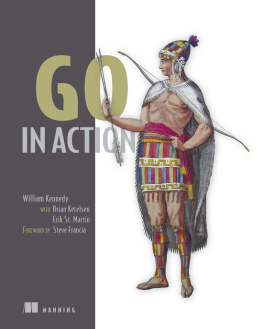




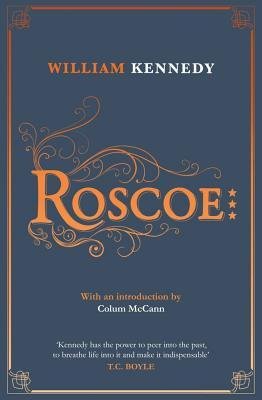

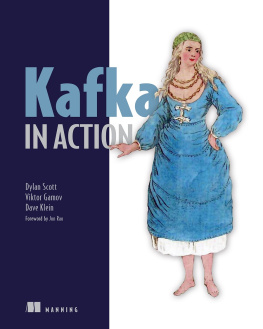
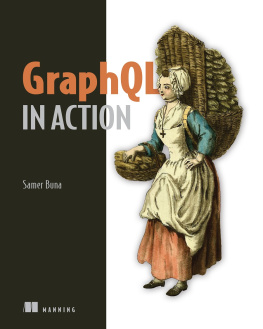
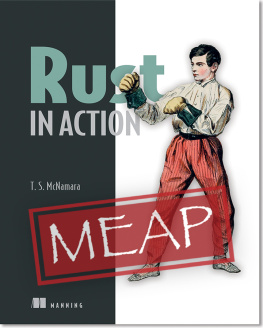
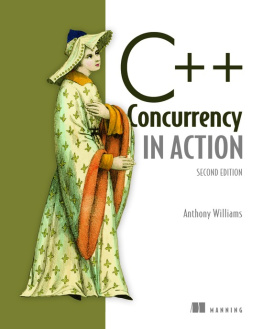
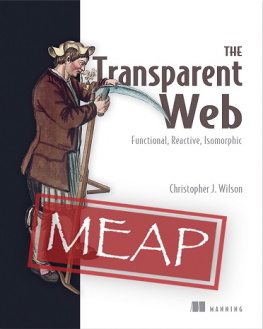
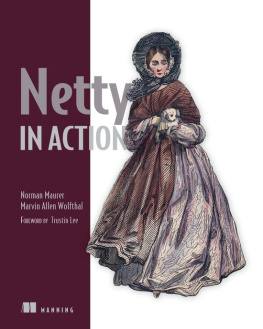

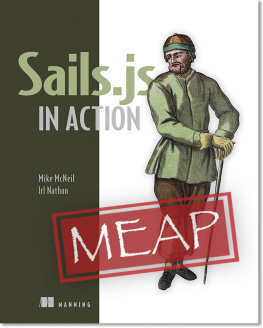
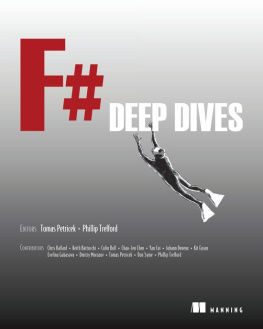
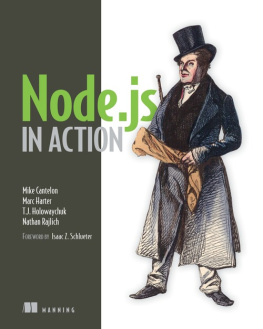
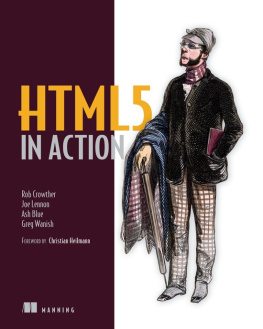
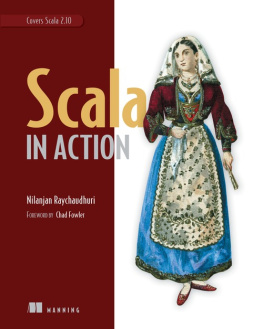

 Recognizing the importance of preserving what has been written, it is Mannings policy to have the books we publish printed on acid-free paper, and we exert our best efforts to that end. Recognizing also our responsibility to conserve the resources of our planet, Manning books are printed on paper that is at least 15 percent recycled and processed without the use of elemental chlorine.
Recognizing the importance of preserving what has been written, it is Mannings policy to have the books we publish printed on acid-free paper, and we exert our best efforts to that end. Recognizing also our responsibility to conserve the resources of our planet, Manning books are printed on paper that is at least 15 percent recycled and processed without the use of elemental chlorine.